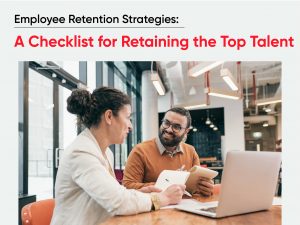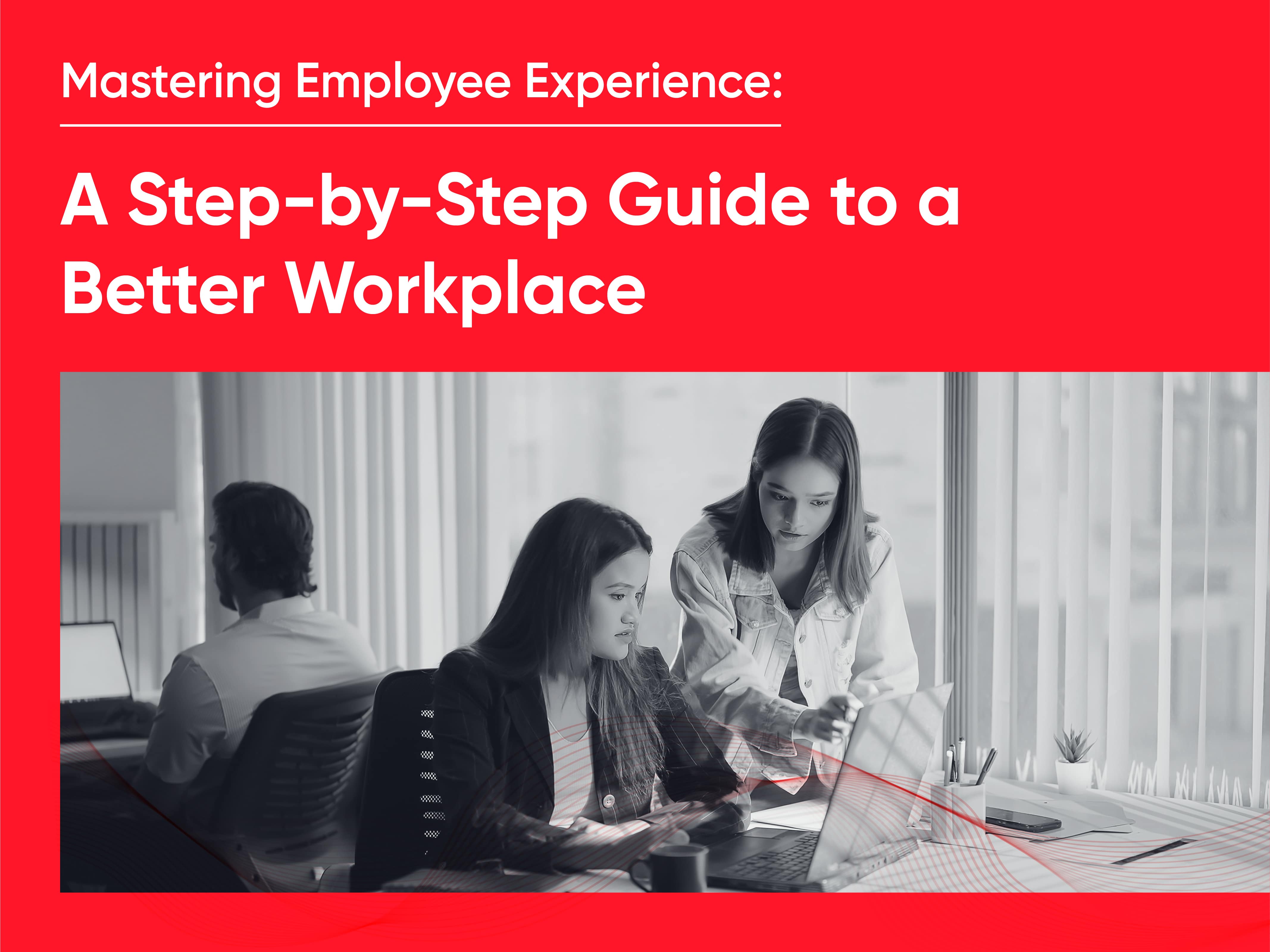Reading Time: 4 minutes
Change is an inevitable aspect of organizational growth and adaptation. However, many companies encounter significant barriers when attempting to introduce innovation and embrace change. Resistance to change can hinder progress, stifle innovation, and impede an organization’s ability to navigate a dynamic business landscape.
In this blog, we will explore the common challenges associated with change within workplaces and provide practical strategies to overcome resistance, ultimately fostering a culture that embraces and encourages innovation.
Understanding the Barriers to Change
Resistance to change can manifest in various forms within an organization, each presenting unique challenges. Some common barriers include:
- Fear of the unknown: Change disrupts routines and introduces uncertainty, triggering fear and resistance among employees. Fear of failure or potential personal implications can hinder individuals from embracing change.
- Lack of awareness and communication: Insufficient communication about the purpose and benefits of change can breed skepticism and resistance. When employees lack a clear understanding of the rationale behind change initiatives, they may perceive them as unnecessary or disruptive.
- Organizational culture: Cultures that resist change and value the status quo present significant barriers to innovation. In environments where conformity is highly valued and risk-taking is discouraged, employees are less likely to embrace change.
- Lack of involvement and empowerment: When employees feel excluded from the change process, they are more likely to resist it. Without opportunities for input or involvement in decision-making, individuals may perceive change as something imposed upon them.
Strategies to Overcome Resistance to Change
- Communicate transparently and consistently: Effective communication is paramount when introducing change. Transparently articulate the purpose, benefits, and expected outcomes of the change initiative. Address concerns and provide opportunities for dialogue to alleviate fears and build understanding. Regularly reinforce key messages to ensure consistent communication throughout the process.
- Create a compelling vision: Paint a vivid picture of the future state to inspire employees. Help them understand how the proposed change aligns with the organization’s goals and values, and how it can lead to personal and professional growth. By clearly articulating the vision, employees can better grasp the importance of the change and its positive impact on their work and the organization as a whole.
- Involve employees in the change process: Empower employees by involving them in decision-making and providing opportunities for their input. Seek their perspectives and value their expertise. Encouraging their active participation in shaping the change enhances their sense of ownership and commitment. When employees feel heard and have a sense of agency, they are more likely to embrace and support the proposed changes.
- Provide resources and support: Equip employees with the necessary tools, training, and resources to navigate the change successfully. Ensure that employees have access to training programs, mentors, or change champions who can guide them through the transition. By providing comprehensive support systems, organizations can help employees overcome challenges associated with change and increase their confidence in embracing new ways of working.
- Celebrate small wins and successes: Recognize and celebrate milestones and achievements along the journey of change. Celebrating small wins boosts morale, builds confidence, and reinforces the benefits of change. By publicly acknowledging and rewarding employees’ efforts and achievements, organizations create a positive atmosphere that fosters a more open mindset toward change.
- Foster a culture of continuous learning: Encourage a growth mindset and create a culture where experimentation and learning from failures are embraced. Support and encourage employees to take calculated risks, explore new ideas, and provide them with opportunities to learn and grow. By nurturing a culture that values continuous learning, organizations can help employees see change as an opportunity for personal and professional development.
- Lead by example: Leadership plays a crucial role in overcoming resistance to change. Leaders should embody the change they seek and demonstrate their commitment to it. By modeling openness, adaptability, and a willingness to learn, leaders inspire and encourage employees to do the same. Leaders should actively engage with employees, listen to their concerns, and address them empathetically, creating an environment of trust and support.
Conclusion
Overcoming resistance to change is a vital step in creating a workplace culture that embraces and encourages innovation. By understanding the common barriers to change and implementing effective strategies, organizations can break free from the mold and foster an environment where innovation thrives. Transparent communication, employee involvement, resource support, a celebration of milestones, a culture of continuous learning, and strong leadership are key elements in navigating the challenges associated with change. Embracing change not only propels organizations forward but also empowers employees to grow and succeed in an ever-evolving world.










